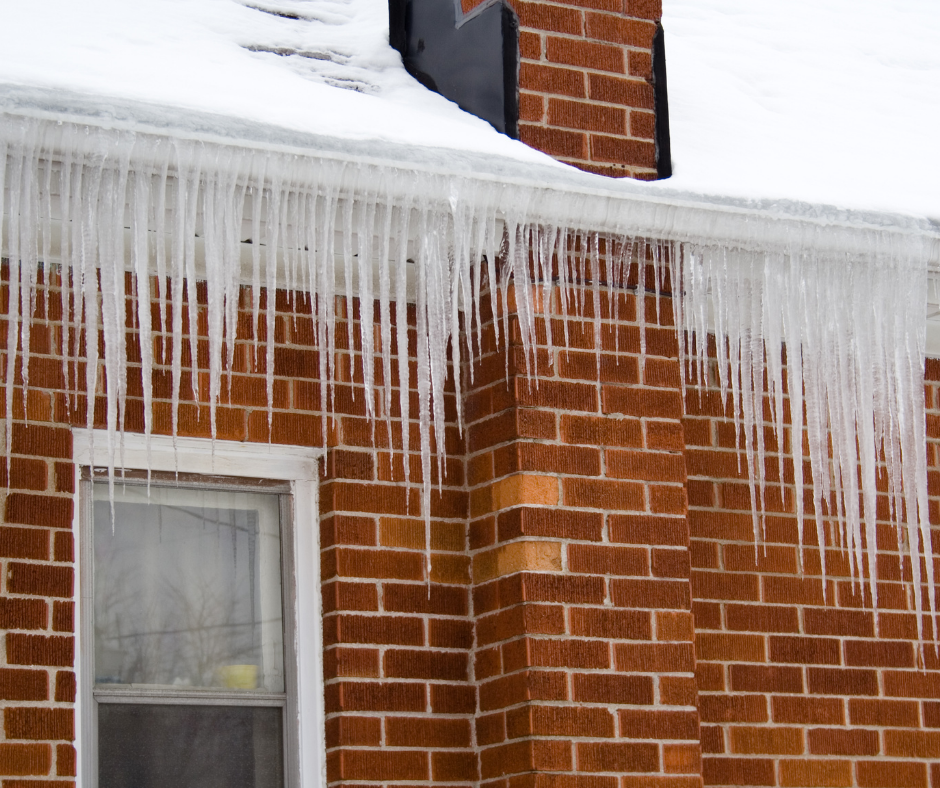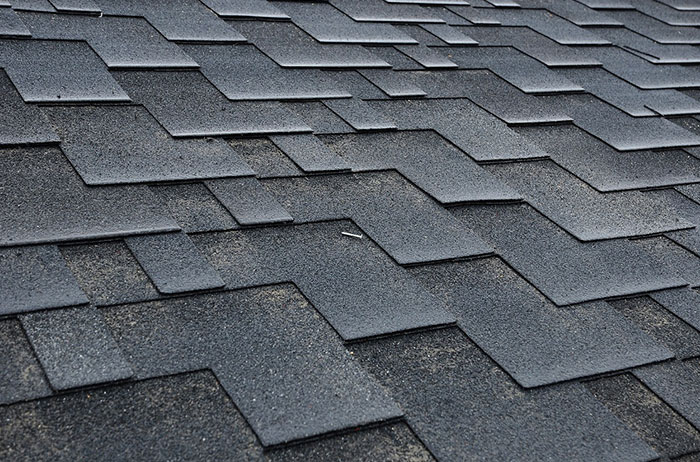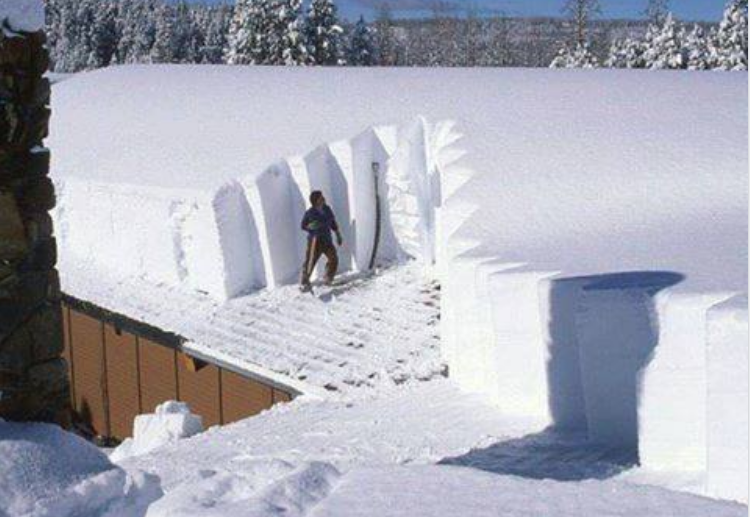Although Vancouver Island is more known for rain than it is for snow, winter storms can still blanket all parts of the Island in heavy snow from November onwards. Even relatively light snowfalls can pose a threat to rooftops here, as inch-for-inch the snow we receive on the Island is usually wetter and heavier than that which falls in other parts of Canada. In some cases, old or weakened roofs can even collapse under the weight of heavy snowfall.
However, weight alone isn’t the only snow-related issue for homeowners when it comes to their roof. Ice dams commonly form on Vancouver Island homes when snow melts during the day and refreezes overnight. If left unchecked, ice dams can completely block your gutters and leave water that collects on your roof with nowhere to drain. This can cause water to seep through your roof and can cost thousands in repairs. Safely and effectively removing snow from your roof following heavy snowfall is crucial in preventing these ice dams from forming. We strongly advise using proper safety equipment and techniques when working on a roof – falls and slips can cause serious injury when working on a roof without proper safety measures in place.
Another reason roof snow removal is so important is that it keeps excess weight off of your roof. As a rule of thumb, one-square-foot of snow that’s one-inch in-depth weighs about a pound. If your roof has 12 inches of snow on it, that could easily amount to thousands of pounds of stress on your roof. Those figures don’t account for the weight of ice dams that may form on your roof as a result of unremoved snow. A typical ice dam can weigh thousands of pounds and can cause an old or weakened roof to collapse. Homeowners can minimize the stress placed on their roof and minimize leaks and roof collapse by safely removing snow from the roof in a timely fashion.

We recommend checking your roof after at least every six to eight inches of snowfall. If the amount of snowfall is any higher than this, then it can become much harder to remove the snow safely and prevent ice dams from forming.
Snow can be removed by both shoveling or roof-raking. The preferred method depends largely on the size of your roof, the height of your home, the quantity of snow and whether the snow itself is powdery and light or wet and heavy. Roof raking is best conducted as an ongoing task that you can perform as a way of preventing snow from accumulating over time. This method is commonly used in areas that have frequent but relatively light snowfalls, rather than in areas that experience uncommon but very heavy snowfalls.
As a snow-removal technique, shoveling is best used when the quantity of snow or height of the home precludes roof raking. Your roof will likely need to be shoveled after a storm drops too much snow for one to effectively remove with a rake. A good roof-raking regimen minimizes the occasions when your may need professional help, but it’s unlikely this this alone will suffice during the course of the winter. Most homeowners will see benefits in utilizing each snow removal technique for the right occasion.
The experts at Shoreline Roofing can help you with all of your roofing needs, including maintenance, installations, repairs, de-mossing and much more. Contact us today at (250) 413-7967 or at ed@shorelineroofing.ca to find out more about how our services and how we can help you.



